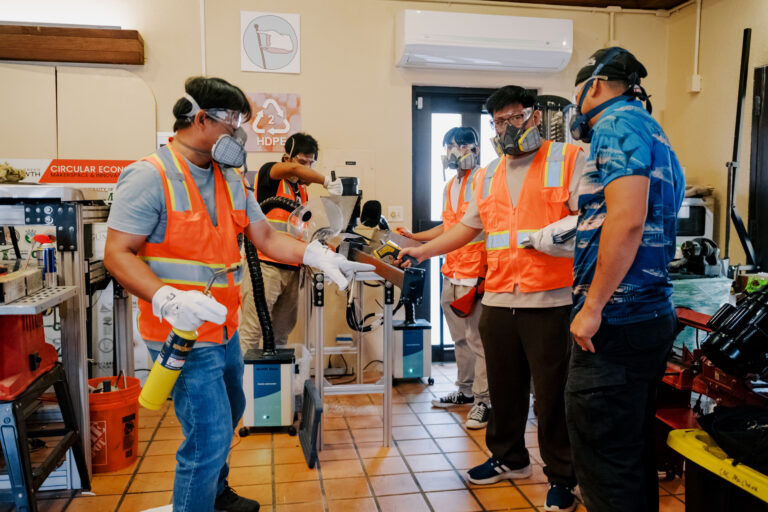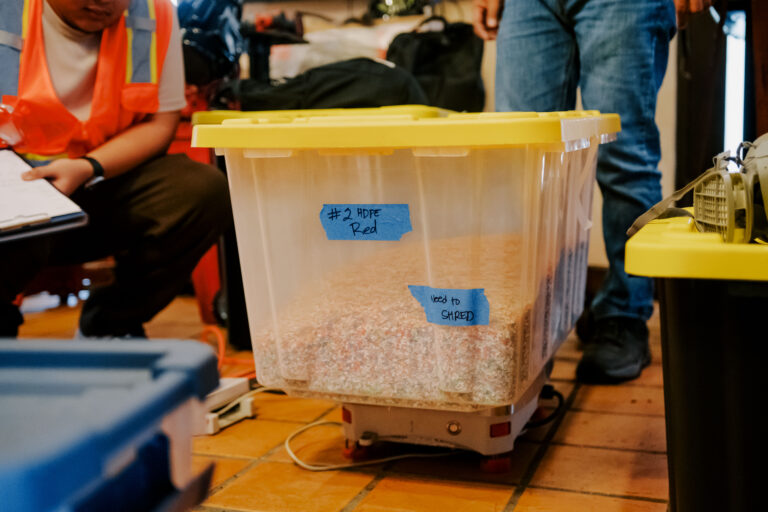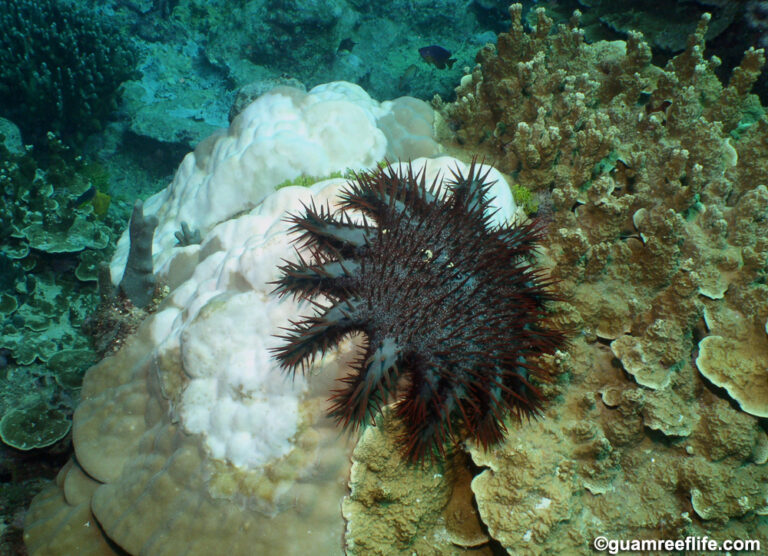

At the July Guam Green Growth (G3) Steering Committee meeting, members highlighted progress toward the 17 U.N. Sustainable Development Goals—both locally and regionally—including the launch of a new Green Growth hub in Micronesia and a watershed restoration workforce initiative that expands the G3 Conservation Corps.
One of the highlights described by Austin Shelton, Ph.D., director of the University of Guam Center for Island Sustainability and Sea Grant and co-chair of the G3 Steering Committee, was the plan to unveil the Marshall Islands Green Growth initiative at the 27th Micronesian Islands Forum held this month in Majuro.
Marshall Islands President Hilda Heine, Ed.D., first expressed the commitment to start their own Green Growth hub back in April.
“During our conference on Island Sustainability, that the Governor co-chaired with the University of Guam President Enriquez back in April, there was a commitment that President Heine made to launch Green Growth in the Marshall Islands — that is coming to fruition this week and we are really excited for them to build on that,” Shelton said.
According to Shelton, to lay the foundation for the Marshall Islands’ hub, the G3 team—alongside Hawai‘i Green Growth and the Local2030 Islands Network—has been helping develop their dashboard and supporting grant-writing efforts to establish a circular economy makerspace.
Another major announcement at the steering committee meeting was the creation of the G3 Guam Restoration of Watersheds (GROW) Corps—a program focused on watershed restoration. During the program, members will work closely with the UOG Sea Grant GROW team and the Guam Department of Agriculture’s (Guam DoAg)
Division of Forestry and Soil Resources. “That’s for six months. That’s going to be more jobs and more trained individuals to go into our green workforce,” Shelton said.
Under the leadership of UOG and the Governor’s Office, G3 working groups also shared local initiatives under different action categories contributing to the UN Sustainable Development Goals. These achievements are integrated into the G3 action framework dashboard to monitor island-wide progress.
The reports included the following highlights:
- Healthy and Prosperous Communities: Guam DoAg helped develop the first regional Pacific Food and Agriculture Strategy through partnerships with the SPC and other island nations. Guam’s Forest System Plan has been adopted and includes the designation of green spaces and conservation areas. The department is now developing rules and regulations to support its implementation.
- Educated, Capable, and Compassionate Island: The GCA Trades Academy reported plans to launch the first maritime courses on Guam and to create airline industry training programs. Meanwhile, the working group also reported the groundbreaking of a new campus of the Northern Marianas Technical Institute in Saipan this month.
- Sustainable Homes, Utilities, and Transportation: The Guam Energy Office received a $1.5 million Energy Efficiency and Conservation Block Grant for improvements in government-owned buildings. Projects include installing solar panels, outdoor solar LED lighting in selected parks, and working with mayors to identify other public lighting locations.
- Sustainable Alliances: Guam has reaffirmed its request for a UN visiting mission during the UN C-24 (Special Committee on Decolonization) Pacific Regional Seminar in March 2025, according to Melvin Won Pat-Borja, executive director of the Guam Commission on Decolonization. He said the C-24 has adopted a resolution that reflects this request.
- Thriving Natural Resources: The GROW team planted over 5,000 trees in Ugum last year, according to Fran Castro, associate director for operations and development at UOG Sea Grant. Also, UOG Sea Grant and Guam DoAg, Division of Aquatic and Wildlife Resources held a series of fisheries stakeholder meetings across the island, where they shared and gathered community feedback on proposed fishery management measures, including size limits, mandatory licensing and catch reporting, ban on the harvesting of atuhong (bumphead parrot fish), ban on commercial sale of six species, and limiting night time spear fishing.
After the reporting, Shelton acknowledged the efforts of the working groups, saying, “Thank you to all of you, our G3 working group, for all the amazing work that you are doing. It is being tracked in our Guam Green Growth dashboard, and I think the world is really taking notice of that.”
Shelton also mentioned that Guam was recently featured by the American Leadership on the SDGs—an initiative led by the UN Foundation and the Brookings Institution’s Center for Sustainable Development that recognizes individuals and communities advancing the 17 UN Sustainable Development Goals.







































